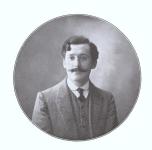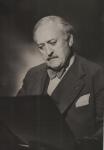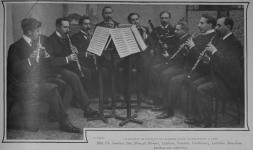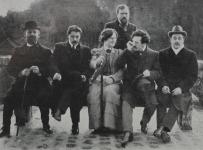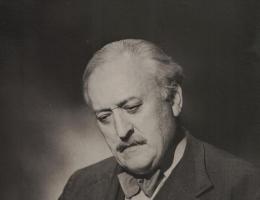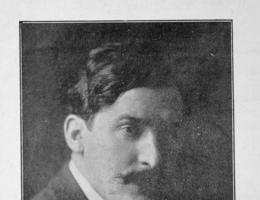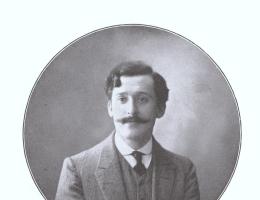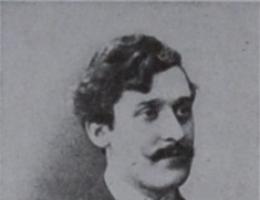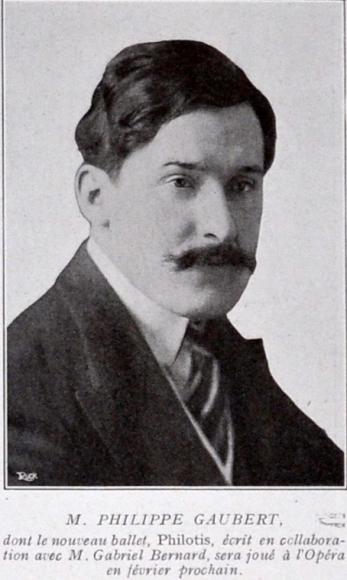
Philippe GAUBERT
1879 - 1941
Conductor, Composer, Flautist
Gaubert was born in Cahors and grew up in Paris after his father moved there in 1888. When the latter died, three years later, Gaubert played the violin in cinemas to earn a living. He also played the flute, attracting the attention of Jules Taffanel (the father of Paul Taffanel), who gave him free lessons. After entering the Paris Conservatoire, he won first prize for flute in 1894 in the class of Paul Taffanel (whose Méthode Complète de Flûte he was to complete in 1923). He studied composition with Charles Lenepveu and gained second place in the Prix de Rome in 1905, the year that Ravel’s controversial failure caused an outcry. A brilliant flautist, soloist with several orchestras, then Professor of Flute at the Paris Conservatoire, Gaubert also became a renowned conductor at the head of the Société des Concerts du Conservatoire and the orchestra at the Paris Opéra (where he later became music director). He conducted the first performances of La Chartreuse de Parme by Sauguet, Padmâvati and Bacchus et Ariane by Roussel, among others. His teaching and performing activities took precedence over his composing. Although his flute music still finds favour with instrumentalists, other works whose harmonic richness and melodic refinement deserve a better fate have been neglected: operas (Sonia and Naïla), ballets (Philotis, danseuse de Corinthe, Le Chevalier et la Damoiselle). Gaubert particularly excelled at symphonic music (Symphonie en fa, Au pays basque, Les Chants de la mer, Les Chants de la terre, etc.), cultivating shimmering colours inherited from Debussy and Dukas, although he never lost his own voice.
Scientific publications
Publication


